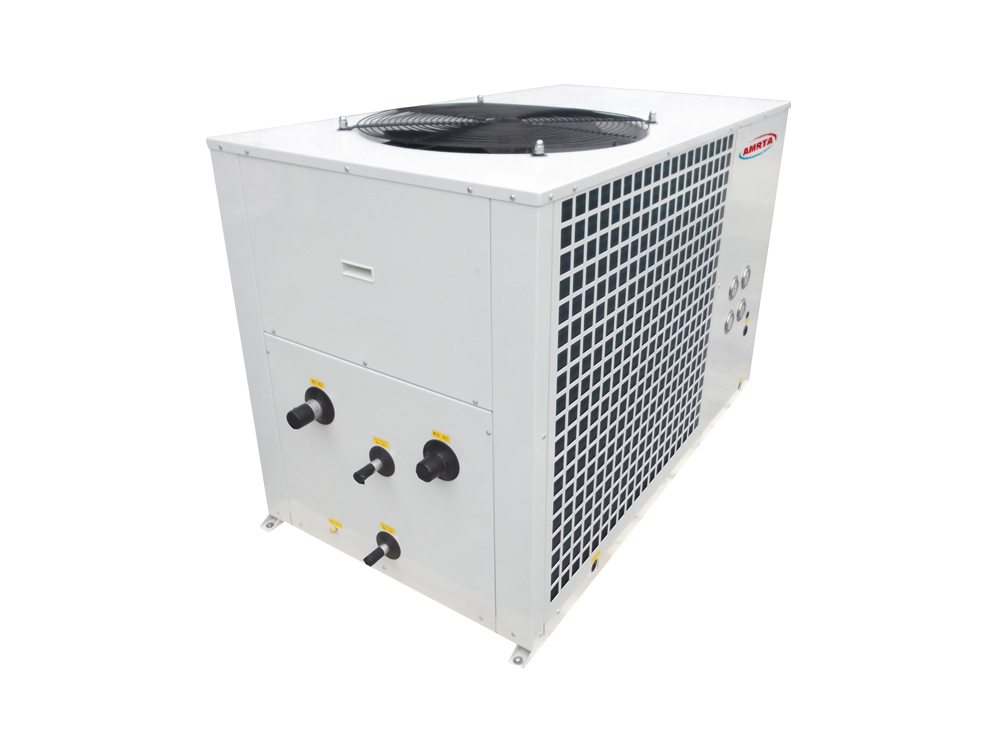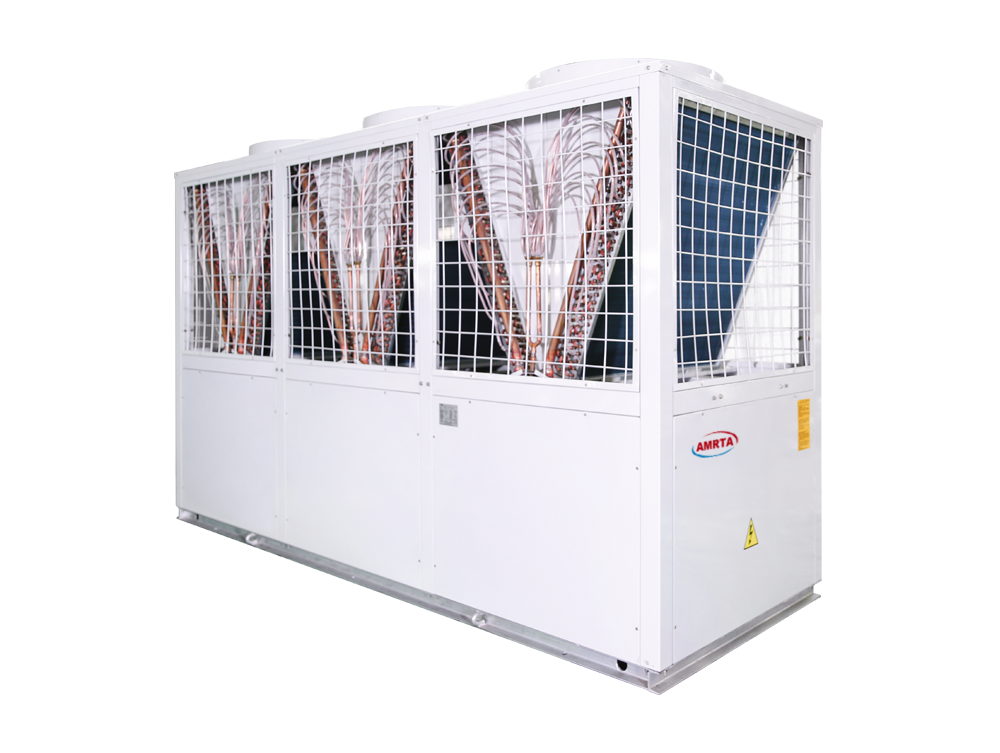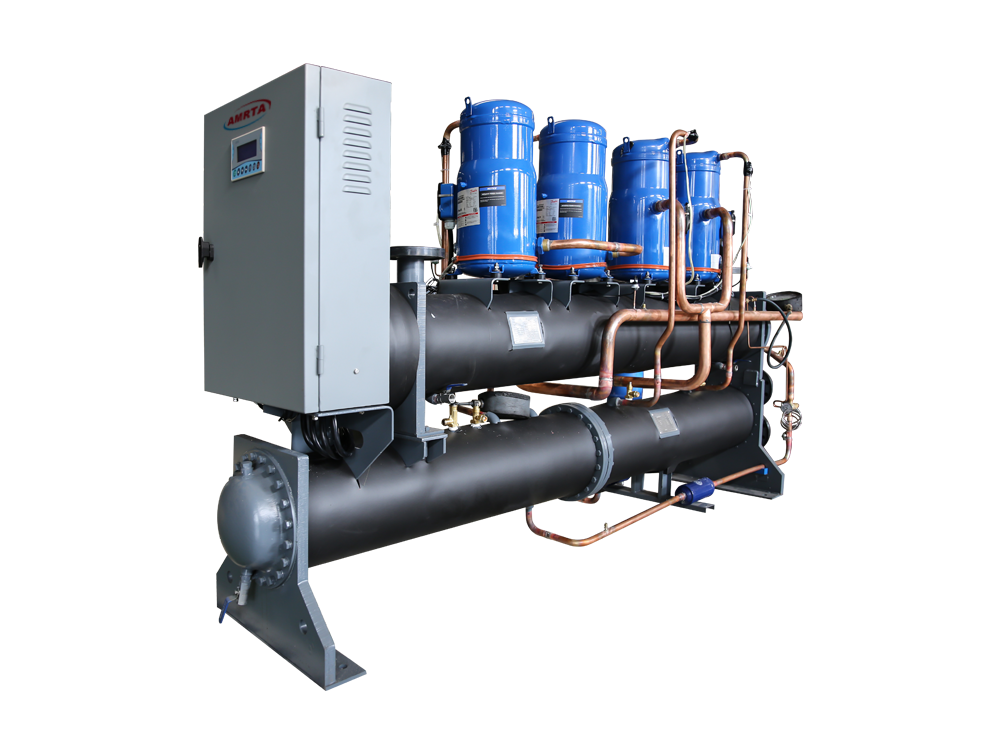Since mid-April, Zheng sugar has started a new round of decline in the international sugar market, the supply and demand fundamentals continue to improve, supply pressures gradually increase, the dollar index continues to rise, and sugar prices continue to fall. The domestic sugar production and sales announced by the Kunming Sugar Club this week were basically in line with expectations of the previous market. Therefore, it did not bring any positive effect to the sugar market. On the contrary, under the action of the throw-and-store policy, Zheng sugar fell further. Judging from the fundamentals of the sugar market, China and India are at the end of the squeeze season, and Brazil is at the peak of the import and export period. The supply pressure is relatively high. If weather conditions are favorable, the recent weak market of Zheng sugar is difficult to reverse.
I. India's sugar production has been raised continuously
India is the world’s second largest sugar producing country. Before the 08/09 crop season, India was one of the major sugar exporters in the world, but this exporter status changed in the 08/09 crop season. In the 08/09 crop season, India's sugar output was only 14.7 million tons due to the drastic reduction in the planting area of ​​sugar crops and insufficient rainfall during the rainy season, which was a 45% reduction from the previous crop season. Similarly, due to the reduction of rainfall during the rainy season, the market expected the Indian sugar production at the beginning of the 09/10 crop season to be around 15 million tons. However, with the increase of rainfall during the late cropping season, India’s sugar yield has increased substantially, and India’s sugar production has also increased. Constantly increased.
It can be seen that the output of sugar in India's 09/10 crop season has been raised from less than 16 million tons at the end of 2009 to 18 million tons. India Meteorological Administration recently said that from the current weather conditions, India's rainy season this year will be very abundant rainfall, which is conducive to the production of sugar in the next crop. The Minister of Agriculture of India stated that due to the increase in planting area, India's sugar output in the 10/11 crop season may increase by 50% to a level of 25 million tons. At that time, India may resume its position as a sugar exporter.
Second, Brazil's new crop season will record high
Brazil's main sugar production is divided into two regions, Central and South-Eastern. The production in central and southern parts accounts for 90% of the sugar produced in Brazil. The sugar production period is generally from May to December in the following year. The production period is from September to April of the following year. In the 09/10 press season, the price of international raw sugar has soared due to the sharp reduction in production in India, and the continuous rainfall in the crop season has caused a decrease in the sugar content of sugar cane. Under the combined effect of the two factors, it should have been taken out in December. The crop season in the main production areas in south-central Brazil has been extended to the end of March 2010. According to UNICA statistics, in the 09/10 crop season that ended at the end of March, Brazil's central and southern regions received a total of 541.9 million tons of sugarcane, a 7.3% increase over the 08/09 sugar recovery year; a total of 28.6 million tons of sugar were produced. Compared with the previous year, sugar production increased by 7%, which is higher than the expected value of the organization in the early cropping season. In addition, UNICA believes that in the 10/11 crop season, the sugar output of Brazil's Central South Region will record high. The output of sugarcane in the new crop season in Brazil's south-central region, which has already been opened in April, is expected to reach 559.000 million tons. As of April 16, the sugar production in the central and southern regions increased by 69.7% from the previous year's 573,400 tons to 972,900 tons, and the sugar cane harvest volume increased by 52.2% from the same period last year to 26.2 million tons.
III. Drought relief, increased domestic sugar planting area
With the effect of a series of agricultural policies such as high sugar prices last year and raising the purchase price of sugar crops, the sown area of ​​sugar crops has increased significantly. According to the news of the Sugar Council, the sugar beet planting area in Xinjiang this year will reach 1.5 million mu, which is 63% higher than last year, the highest level since the 1997/98 sugar production year; and the sugar beet planting area in the northern main producing areas such as Inner Mongolia and Heilongjiang also appears different. The degree has increased; in Guangxi, up to now, 14.88 million mu of sugar cane has been planted in the region, an increase of 1.036 million mu over the same period of last year. It is estimated that the sugarcane planting area in Guangxi this year can reach 16 million mu, which is the peak level in history; in Yunnan, Up to now, the planting area of ​​ratoon cane and new sugar cane is about 4 million mu, but Yunnan Province has recently introduced a policy of 15 mu per mu for planting sugar cane. Under this policy, the sugarcane planting area in Yunnan Province is likely to recover. To a level above 4.5 million mu.
In addition, the China Meteorological Administration issued a message on the 28th that since the previous month on the 22nd, there have been 6 significant rainfalls in the drought-stricken areas of southwest China. At present, severe drought conditions have eased in most parts of the country, which is conducive to the growth of sugarcane and other crops. The support of the theme of drought on the price of sugar was gradually called off, and the large increase in planting area exerted great pressure on the contract in the far month.
Fourth, China's imported sugar surged
China’s General Administration of Customs recently released data on sugar imports showing that in March 2010, the amount of sugar imports was 74,257 tons, an increase of 11 times from 6,137 tons in February. It can be seen that China's sugar imports in the first quarter of 2010 were at a relatively low level within five years, indicating that there is still much room for China to regulate sugar prices through imports. In addition, China’s sugar imports increased by 11 times in March compared to February, the largest year-on-year increase in five years. This shows that domestic demand is sensitive to changes in international sugar prices, and domestic and foreign price linkages have increased. Although there are more than 3 million tons of supply and demand gaps in the domestic crop season, it is difficult for the price of sugar to rise sharply again through the adjustment of import and reserve policies in the context of increasing production in major producing countries.



